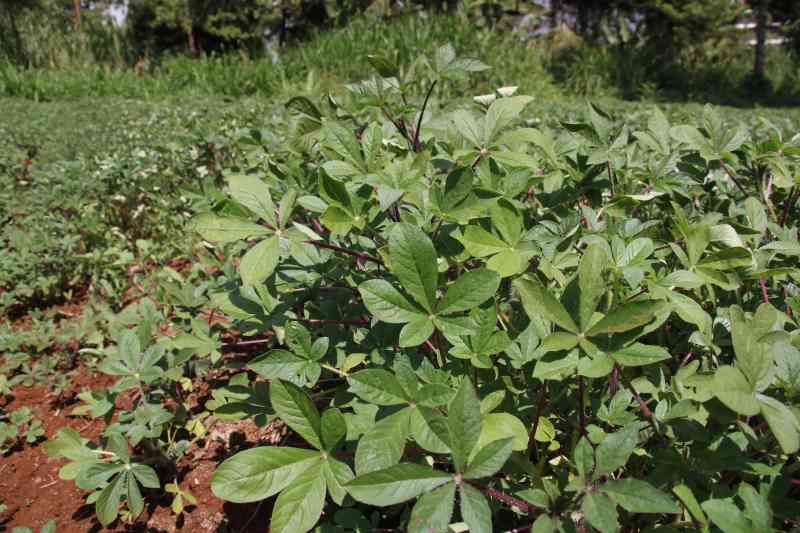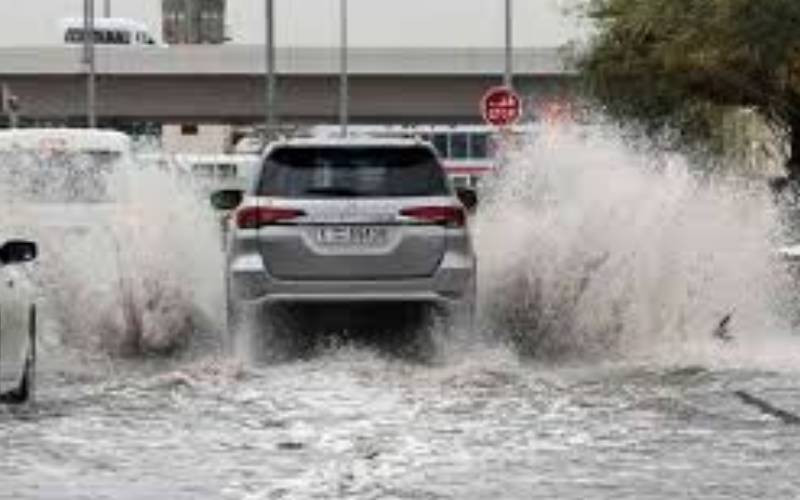 |
|
Dadaab refugee camp. [PHOTO: FILE/STANDARD] |
By JOE KIARIE
[email protected]
The ongoing repatriation of refugees from the Dadaab Refugee Camp is recording slow progress amid reluctance by most immigrants to return home.
According to the United Nations High Commissioner for refugees (UNHCR), about 80,000 refugees, 96 per cent of whom are from Somalia, have left the sprawling Dadaab complex since July last year. “Most have gone back to Somalia. But we cannot say with certainty that they have all gone back, as we have not facilitated all returns,” Ahmed Warsame, the Head of UNHCR Operations in Dadaab told The Standard on Saturday. The official number of refugees in the camp, he revealed, is now down to 402,000.
Mr Warsame says 75 per cent of registered Somali population in Dadaab comes from lower Juba, middle Juba and Gedo, and it is these same regions that have been the main destinations for those leaving. “We are currently having key focus on Kismayo, Baidowa and Luuq areas where it is easy for the UNHCR, the Somalia government and the AU Mission in Somalia (AMISOM) to offer help to those returning home,” he explained.
On facilitation, the UN refugee agency is providing sleeping bags, blankets, jericans, flashlights, hygiene towels and high protein biscuits for children of those returning.
“We are also offering cash grants for transportation of people and goods. On arrival in Somalia, they receive sets of household utility items and also get three months’ of food rations from the World Food Programme,” said Warsame.
To facilitate reintegration, the operations chief said the exercise has so far been directed to areas that are safe, and where the Somalia government and Amisom are in total control after the weeding out of Al Shabaab militants. “We also ensure they settle in areas with community based support projects such as schools, health centres,” says Warsame. “We will take them to other areas as the situation improves, with peace restored and safety assured”.
Southern and Central Somalia are currently among regions deemed dangerous for civilians. On November 10 last year, the Kenyan and Somalia governments as well as the UNHCR signed a tripartite agreement that would govern the voluntary repatriation of Somali refugees living in Kenya.
The agreement provides an initial period of three years within which all refugees should have returned home. At the expiry of this period, the parties will further assess the situation and agree on any potential extensions.
Al Shabaab agents
The UNHCR, alongside some foreign governments, have insisted that the exercise must be entirely voluntary and within international laws governing expatriation. “So far, the law is being strictly observed and the Kenyan government has entirely respected the tripartite agreement,” states Warsame.
However, a significant number of refugees, particularly those who were born or have spent the better part of their lives in Dadaab, the world’s largest refugee camp, have vowed not to go back to Somalia, a place they deem unsafe. Most of them are instead insisting on third country resettlements as the most viable option. Warsame says some asylum-seekers have been considered for third country resettlement and paperwork processed. “The UNHCR identifies individuals who qualify and submit the documentation. It is the involved government that processes the applications, meaning potential beneficiaries have to wait,” he reveals, singling out the USA, Canada, UK, Holland, Norway, Sweden, Norway and Australia as some of the most preferred destinations for most refugees.
There have been intermittent reports of Al Shabaab agents pitching tent in Dadaab camp, disguised as refugees. Warsame says the security there has been greatly improved through close police scrutiny of the complex.
“The UNHCR has equally come up with a solid community-policing programme marshaled by the elders. But it is sometimes hard to keep bad people out of here,” he states.
Stay informed. Subscribe to our newsletter
He says the official closure of Somali border in 2011 has made it easier to monitor new arrivals as no fresh registrations have been made since then. But he says there are an estimated 6,000 refugees still awaiting registration in camp. “We will do our best to ensure all the refugees eventually return home safely,” Warsame assures.
Kenya’s attempts to get rid of refugees continue to be hampered by the general instability in the region. Despite ongoing efforts to close the Dadaab Refugee Camp, the population of South immigrants at the Kakuma Refugee Camp in Turkana County continues to grow as people flee the turmoil in South Sudan. According to the latest situation report by the Kenya Red Cross Society (KRC), a total 13,064 refugees fleeing the chaos had been registered in Kakuma by last Wednesday.
There have been approximately of 100 new arrivals registered daily, although this is a decline from last week when about 500 new arrivals were being registered daily. “The number of new arrivals has dropped a bit as compared to last week because there has been a fuel shortage in South Sudan, KRCS notes in its report,” he adds.
This is likely to be the third consecutive year in which the overcrowded Kakuma is receiving record arrivals. According to the UNHCR, the camp, which has an average population of 125,000, had 14,000 new arrivals registered as asylum-seekers by the end of August 2013, joining another 21,000 who arrived in 2012.
 The Standard Group Plc is a
multi-media organization with investments in media platforms spanning newspaper
print operations, television, radio broadcasting, digital and online services. The
Standard Group is recognized as a leading multi-media house in Kenya with a key
influence in matters of national and international interest.
The Standard Group Plc is a
multi-media organization with investments in media platforms spanning newspaper
print operations, television, radio broadcasting, digital and online services. The
Standard Group is recognized as a leading multi-media house in Kenya with a key
influence in matters of national and international interest.
 The Standard Group Plc is a
multi-media organization with investments in media platforms spanning newspaper
print operations, television, radio broadcasting, digital and online services. The
Standard Group is recognized as a leading multi-media house in Kenya with a key
influence in matters of national and international interest.
The Standard Group Plc is a
multi-media organization with investments in media platforms spanning newspaper
print operations, television, radio broadcasting, digital and online services. The
Standard Group is recognized as a leading multi-media house in Kenya with a key
influence in matters of national and international interest.








